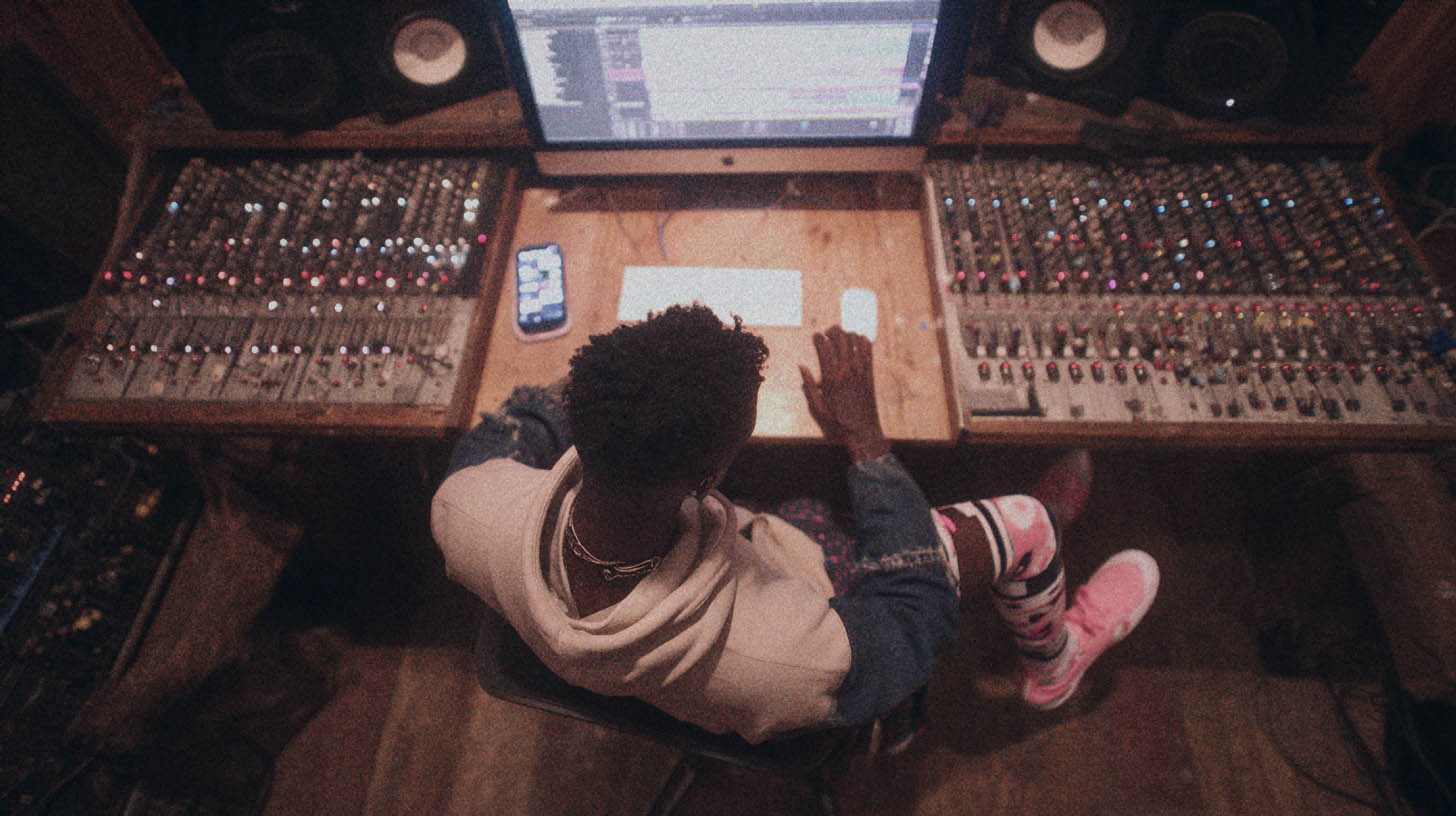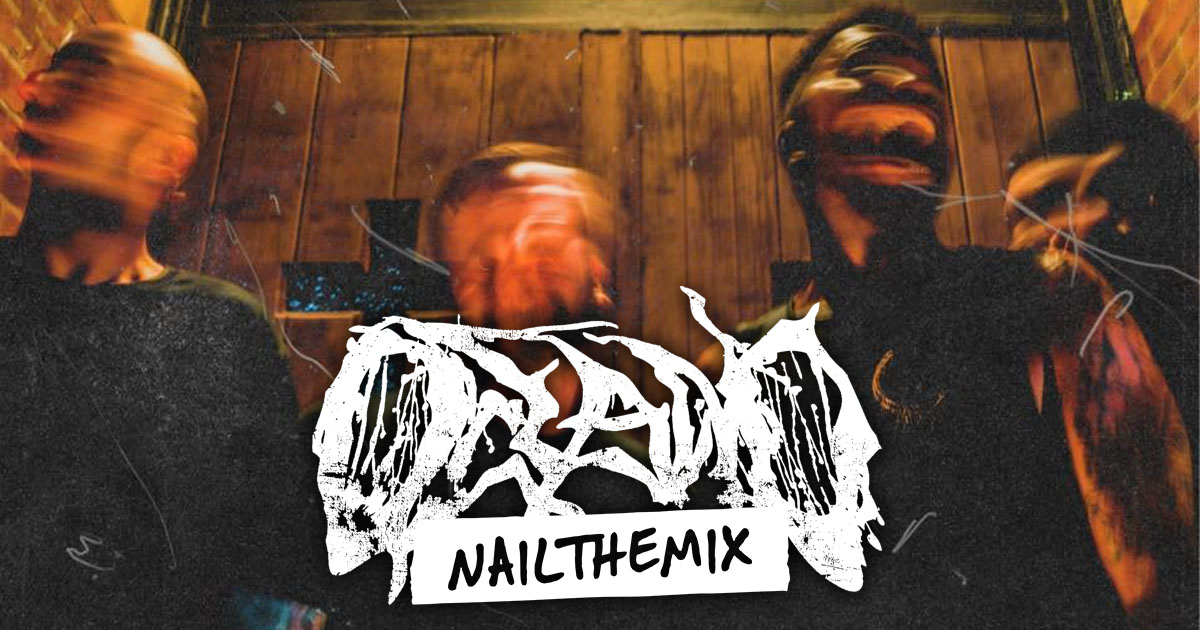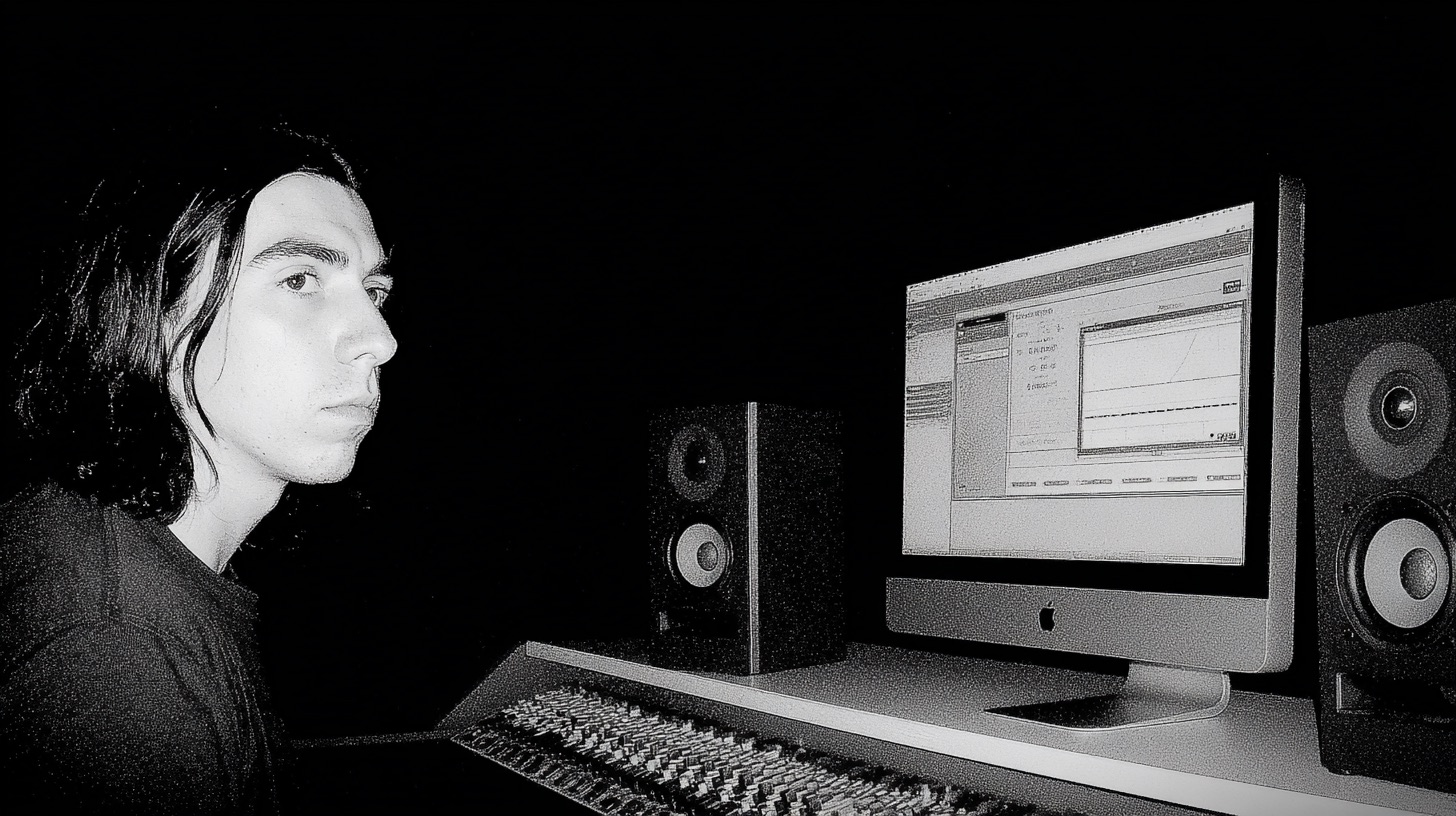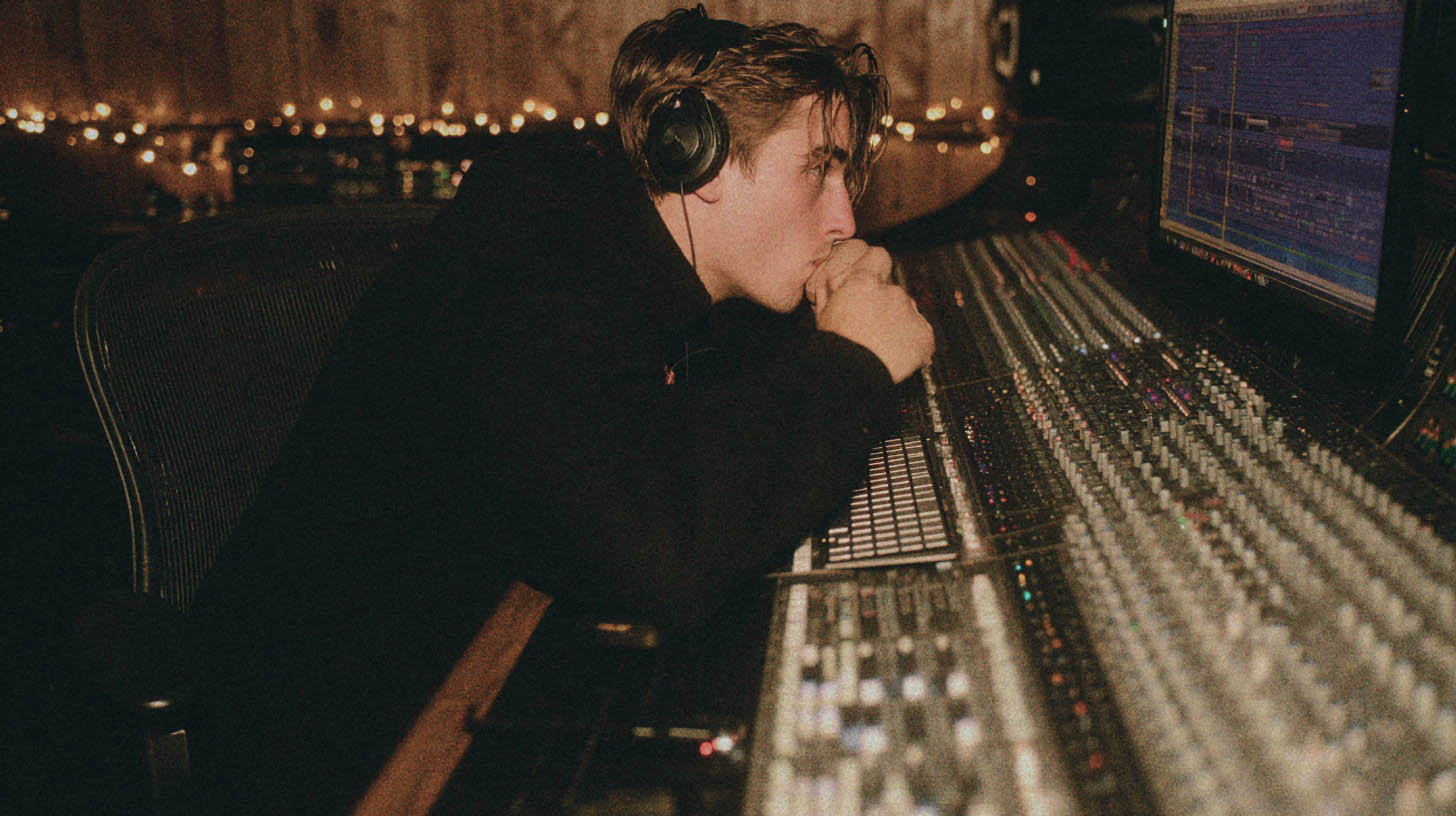
Dialing In Brutal Drums w/ Vildjharta & Buster Odeholm
Nail The Mix Staff
Let’s a be honest, the drum sound in a Vildjharta track is an absolute force of nature. It’s not just loud; it’s detailed, textured, and tectonically heavy. It’s the kind of sound that makes you wonder just what kind of studio wizardry is going on behind the scenes.
We got a front-row seat as producer/mixer Buster Odeholm (who also plays in Humanity’s Last Breath) broke down his unique approach to dialing in these monstrous drum tones. Forget your standard EQ and compression chain; Buster employs some seriously clever techniques to make his drum rooms sound like they’re literally exploding. Let’s dig into how he uses multi-band saturation to get that signature Vildjharta drum sound.
The Secret Weapon: Multi-Band Saturation on Drum Rooms
The core of Buster’s modern drum mixing technique, especially for room mics, revolves around one key tool: FabFilter’s Saturn. While you might think of saturation as a way to add grit and obvious distortion, Buster uses it more like a super-powered EQ and dynamic shaper.
The goal isn’t to make the drums sound fuzzy or distorted. The idea is to make the sound “bloom” and react in a more explosive way before it even hits a compressor. A common problem when heavily compressing room tracks is that softer ghost notes, especially on the snare, can get boosted way too loud. By using saturation first, Buster gets the individual hits to detonate with more energy, creating a more exciting and controlled sound that’s easier to tame with compression later.
Building a Monstrous Kick Drum Sound
Buster’s process starts with the kick drum room mics, transforming them from a standard ambient track into a massive part of the core kick tone.
The Saturn Kick Room Setup
He loads up an instance of Saturn and immediately switches the mode to the “Warm Tape” setting. This provides a mellow, pleasing saturation that’s perfect for adding harmonic complexity without harshness. The real magic, however, happens when he splits the signal.
Carving Frequencies with Distortion Bands
Instead of applying one blanket layer of saturation, Buster splits the frequency spectrum into five distinct bands, essentially creating a dynamic, distortion-based EQ. His typical starting point looks like this:
- Highs: Everything from 4kHz and up. This is the “air” and sizzle.
- Attack: 1.2kHz to 4kHz. This band defines the beater’s snap and click.
- Mids: 300Hz to 1.2kHz. The “body” and presence of the kick.
- Low Mids: 100Hz to 300Hz. This is the “boxy” or “thump” region.
- Lows: Everything below 100Hz. The fundamental “woof” and sub-bass.
His method is simple but effective: he solos each band one by one, cranks the drive knob until he finds the sweet spot where the sound gets exciting and rich without breaking up or sounding weird, and then dials it back slightly. After treating each band individually, he adjusts the level of each band to taste, sculpting the final tone of the room.
The Crucial Phase Coherency Trick
Here’s a pro-level move you can’t skip. Buster noticed he had a high-pass filter on his close kick mics to clean up unwanted sub-rumble. To avoid phase problems between the close mics and the room mics, he applies the exact same filter to the room track. In this session, that meant using a Pro-Q 3 to create a 24dB/octave high-pass filter at 35Hz. This ensures the low-end of both the close mics and the room mics are perfectly in sync.
Blending for Impact
The result of this Saturn processing is a kick room track that is drastically more powerful and shaped. The final step is to blend this new, supercharged room sound back in with the original direct kick mics. This gives him the punch and definition of the close mics, now reinforced by the massive, explosive bloom of the processed room.
Making the Snare and Toms Explode
That same core philosophy is then applied across the other drum room mics for a cohesive, powerful sound.
Applying the Saturn Technique to the Snare Room
Moving to the snare room track, Buster uses the same Saturn trick. The goal remains the same: create the sound of an “explosion” without any of the nasty digital artifacts or obvious distortion. He might use a slightly different band setup—in this case, four bands instead of five—proving it’s about listening and adapting, not rigidly following a preset.
Pre-emptive EQ and Compression
Before that signal hits the compressor, he’ll often use a surgical EQ to notch out any harsh or ringing resonant frequencies he hears in the midrange. It’s always easier to shape the tone before it gets squeezed.
Once the tone is shaped with saturation and EQ, he’ll almost always apply compression to the snare room to level it out and give it that final punch. For the close snare mic itself, he’ll often add a little bit of “body” with a gentle boost around 100Hz to give it more weight.
Don’t Forget the Toms
This process is repeated for the tom rooms. The multi-band saturation is perfect for bringing the toms to life and taming any “honky” or unpleasant midrange frequencies, ensuring they cut through the mix with power and clarity.
It’s a Process, Not a Preset
One of the most important takeaways from watching Buster work is his mindset. He points out that all of this initial drum work is just a great starting point. The real fine-tuning happens once all the guitars, bass, and vocals are in the mix. He also mentioned this Saturn trick is something he’s been experimenting with recently, finding it works amazingly on guitars as well. It’s a great reminder that even top-tier producers are constantly evolving their sound and trying new things.
Humanity's Last Breath on Nail The Mix
Buster Odeholm mixes "Labyrinthian"
Get the Session
Seeing these techniques laid out is one thing, but watching Buster Odeholm dial them in, make creative decisions in real time, and explain every move is another level entirely. In his full Nail The Mix session, he mixes a massive Humanity’s Last Breath/Vildhjarta track from scratch, giving you unparalleled insight into his process.
If you’re ready to move beyond presets and learn how the pros craft devastating metal mixes, check out everything Nail The Mix has to offer. You get the real multi-tracks from huge metal bands every month, plus access to a massive library of tutorials to help you unlock your sound and get pro results. Get the stems and see exactly how Buster built this entire mix by signing up for his full session today.
Get a new set of multi-tracks every month from a world-class artist, a livestream with the producer who mixed it, 100+ tutorials, our exclusive plugins and more
Get Started for $1






